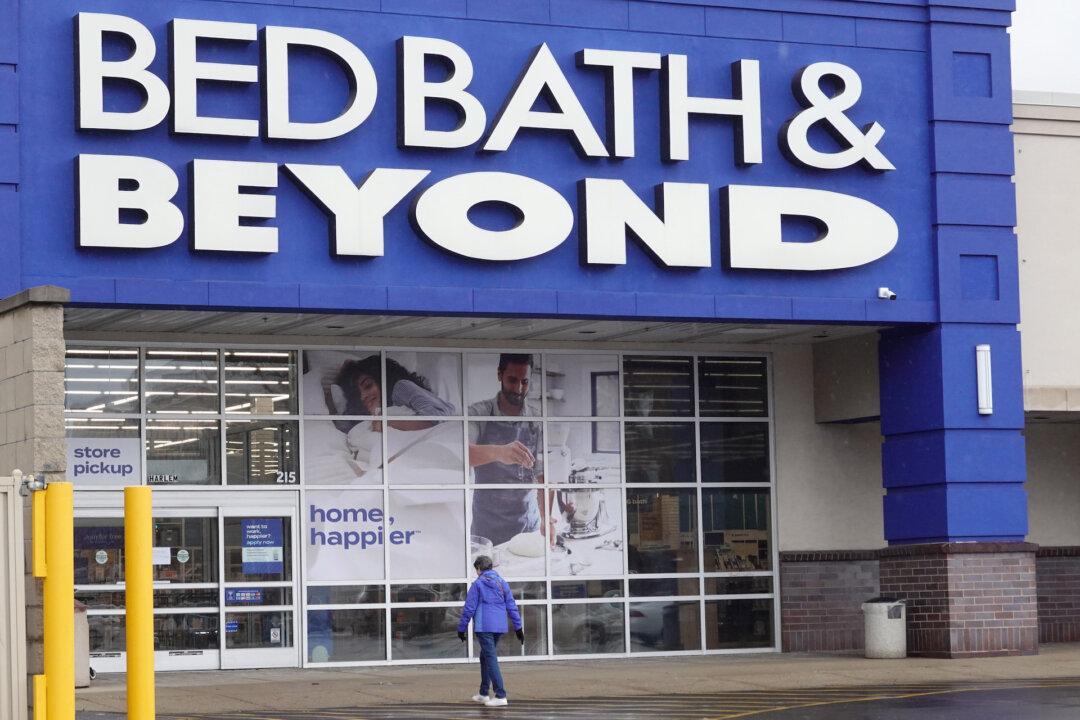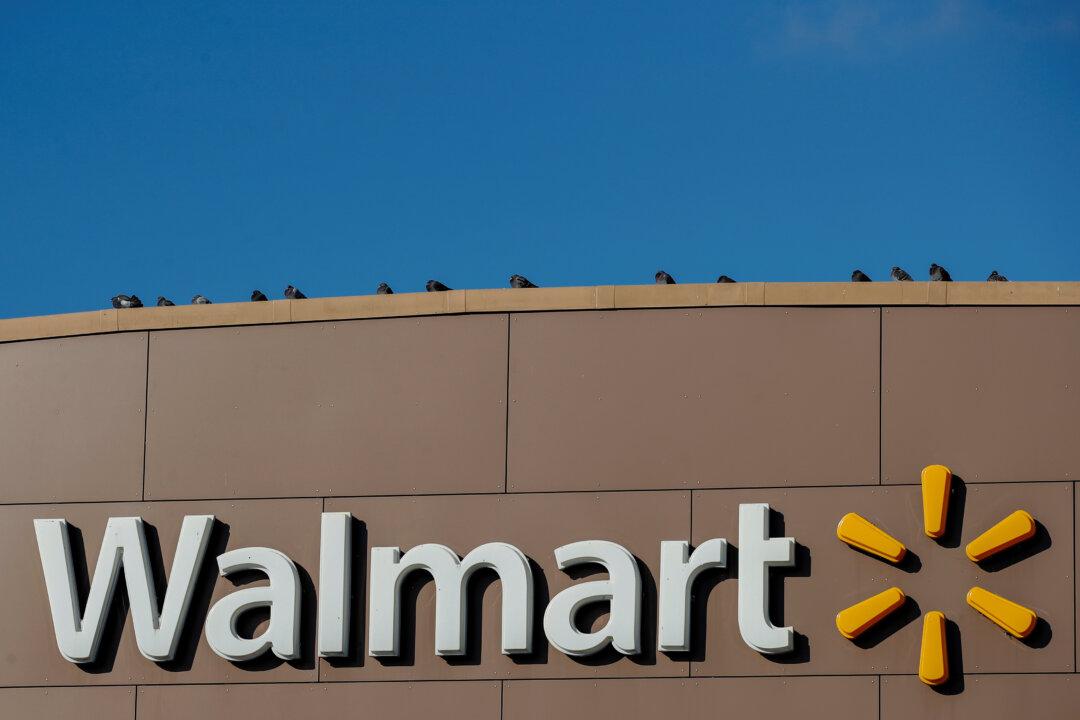Bed Bath & Beyond said in a filing on Monday it will be closing 150 more stores as the struggling retailer cuts costs and works to turn around its beleaguered business.
The retail chain has been reducing its brick-and-mortar footprint significantly over the past year.




